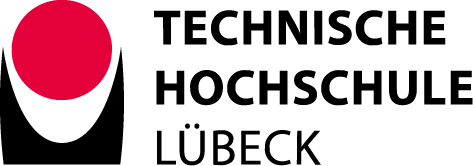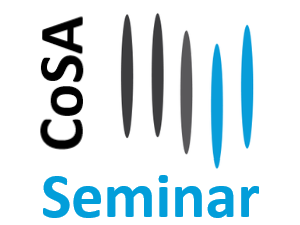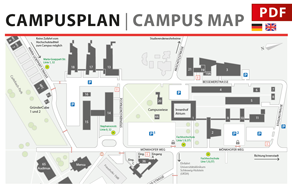This CoSA seminar will take place on 01/24/2022 at 02:30 pm as a web conference via BBB Greenlight: CoSA - Seminar.
The web conference will be unlocked for participants at approximately 02:15 pm.
We have scheduled the following presentations:
- Sven Ole Schmidt: Evaluation of 3-dimensional Electrical Impedance Tomography-Arrays for Underwater Object Detection
- Fabian John: Spectral Ultrasonic Underwater Buried Object Detection and Localization
The presentations will last about 15 minutes followed by 10 minutes of discussion. We are looking forward to a lively and active participation.
If you would also like to offer a talk, please contact us (fabian.john(at)th-luebeck.de).
Sven Ole Schmidt: Evaluation of 3-dimensional Electrical Impedance Tomography-Arrays for Underwater Object Detection
Underwater detection and localization infrastructure has gained more importance in the recent years. Buried objects like high-voltage power transmission cables need to be localized reliably. For successful localization, the detection of such objects is indispensable. The Electrical Impedance Tomography (EIT) is an imaging method, which generates an artificial current flow to detect the environment in a certain area around the EIT electrode-array. The 3-dimensional design of this array is not yet investigated for underwater detection of metallic objects. It is an open issue whether and to what extent the design influences detection. In this work, we analyze multiple EIT-array designs and evaluate their detection capability. For this, we introduce and investigate four 2- and 3-dimensional EIT-array designs. We model these designs and evaluate the measurable electrical potentials. We state, that the closer electrodes of the array are to an detectable object, the higher is the detection capability of the whole system. We also found out, that current flows in parallel to parts of the EIT-array do decrease the detection capability. In the future, we want to focus on prototyping our EIT detection system based on these results and test the detection capability in a real outdoor environment afterwards.
Fabian John: Spectral Ultrasonic Underwater Buried Object Detection and Localization
Acoustic object detection in underwater applications, such as the detection of unexploded ordnances (UXO), is challenging, especially at shallow burial depths or in the presence of other reflections. Therefore, acoustic detection is performed with very short temporal and spectrally very broadband pulses. The received signal strength is measured and displayed over time (time of flight). However, this method cannot detect closely spaced reflections because the pulses overlap in the time domain. In this work, we present spectral signal processing that allows the detection and localization of known object geometries in the presence of interfering reflections. We extend our underwater ultrasound propagation model in this work to include a sediment layer. We apply spectral fingerprinting to detect a known object geometry and localize it in a second step. We evaluate the performance with measurements in a laboratory experiment with an object with varying burial depths and on sediment.


